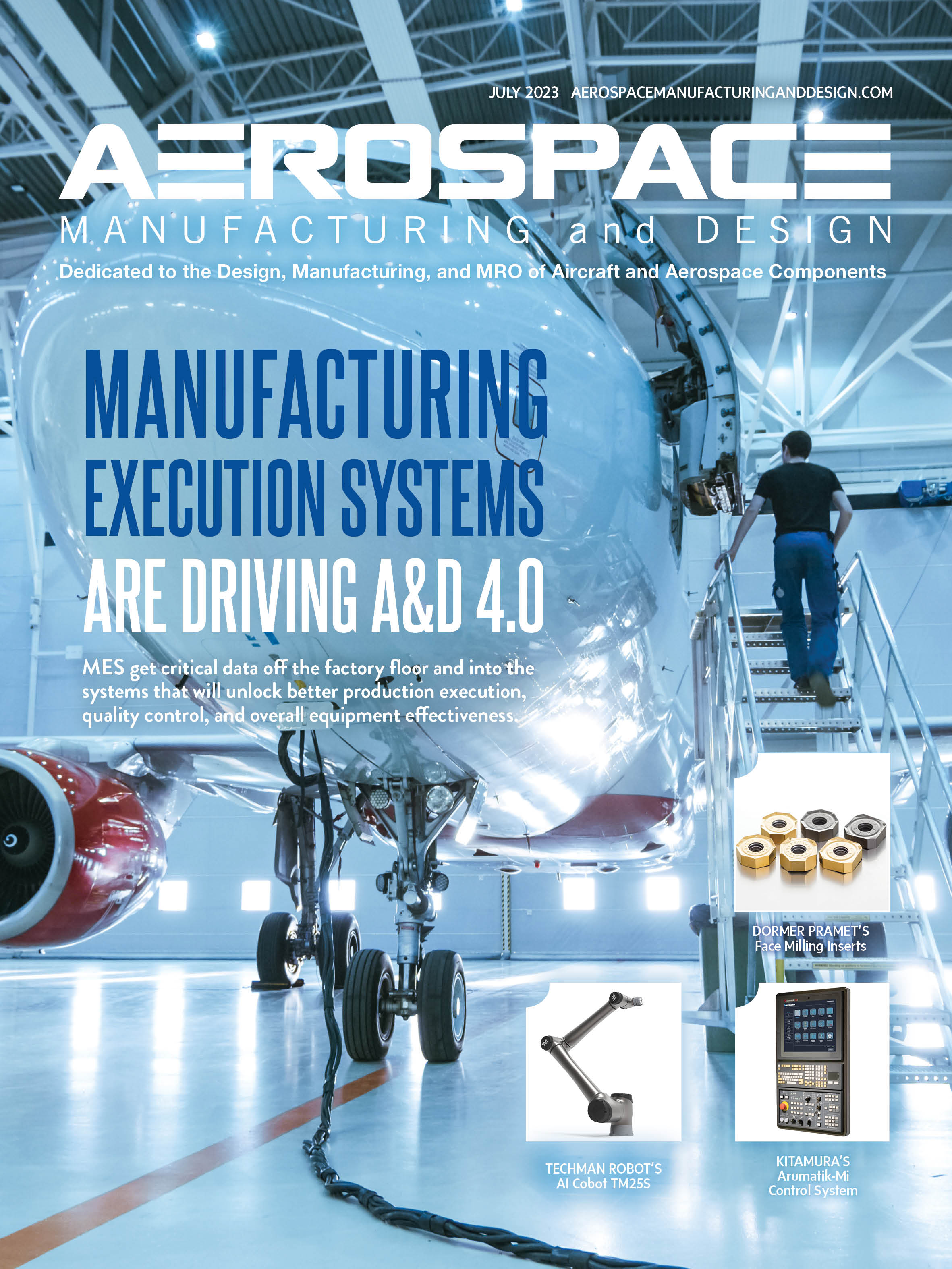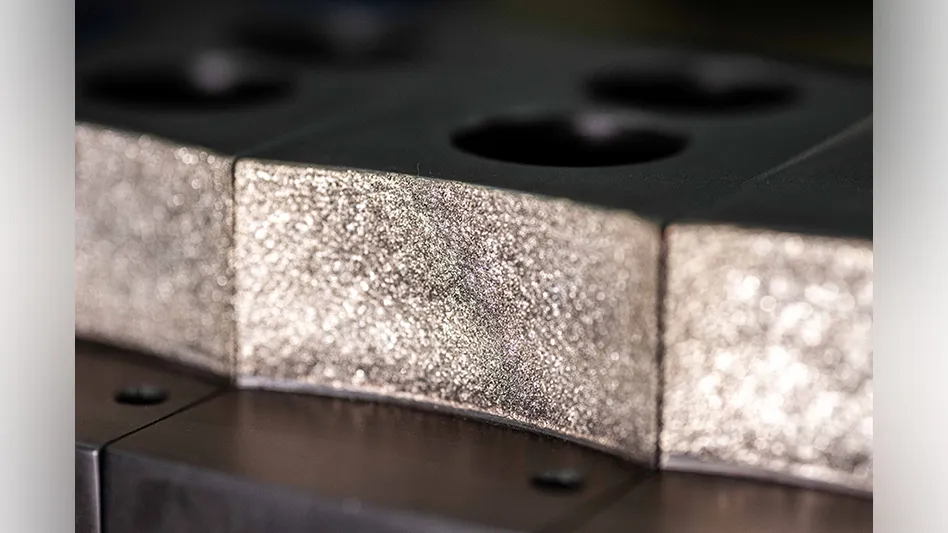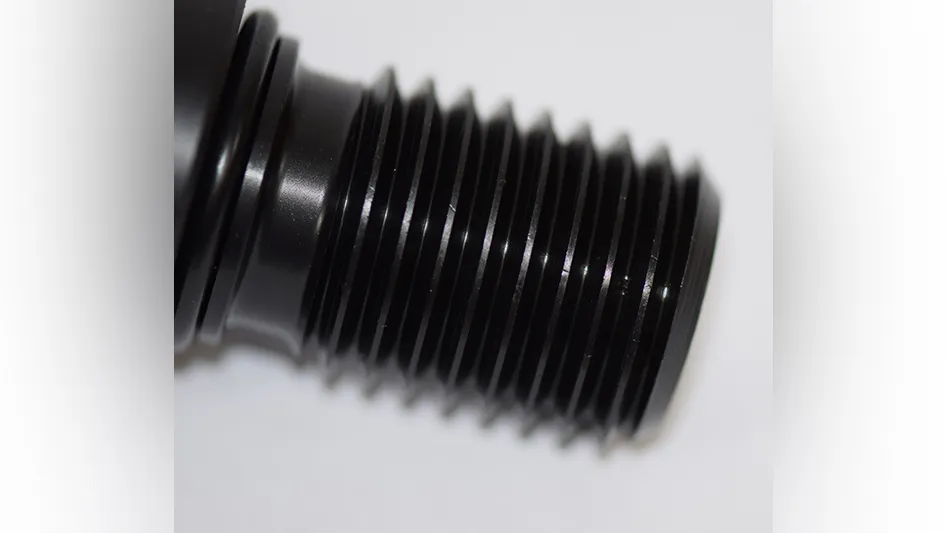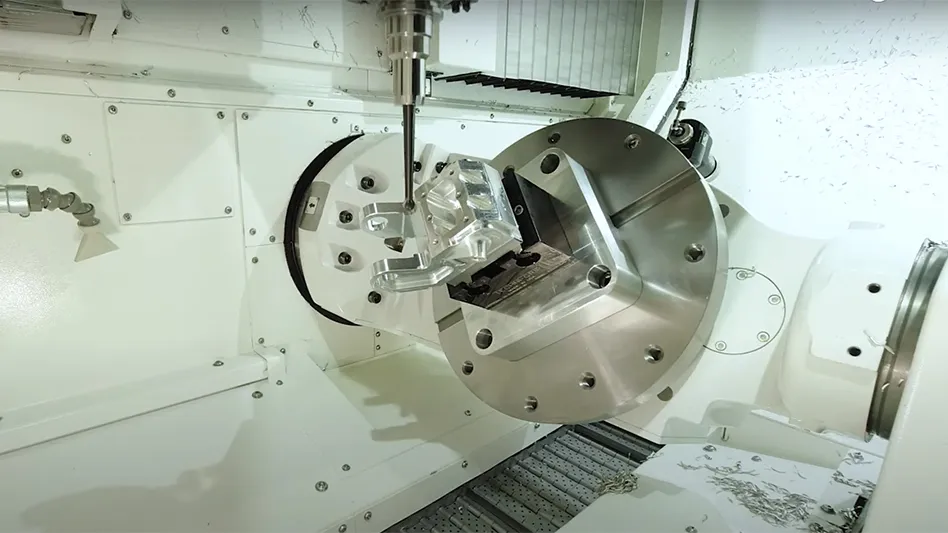

While Industry 4.0 (I4.0) has been a mainstay of most manufacturing processes for some time, Aerospace & Defense (A&D) 4.0 has matured a little more slowly. But A&D 4.0 is now putting the spotlight on the vital role manufacturing execution systems (MES) must play to get critical data off the factory floor and into the systems that’ll unlock better production execution, quality control, and overall equipment effectiveness (OEE). It also makes defense contract management (DCM) that much simpler with fully integrated and automated workflows, and it helps solve an array of human capital issues.
In 2020, IFS conducted research into the A&D 4.0 maturity curve, with surprising results. The polling results from a webinar attended by A&D manufacturers found only 12% of nearly 150 attendees hadn’t made Industry 4.0 an enterprise-wide priority, while the majority of the remaining manufacturing companies (68%) were still researching how these technological advances could help achieve their digital transformation goals.
The evolution of A&D 4.0
While interest in 4.0 technologies was evident, the A&D market was still at the beginning of the adoption journey. Bridging the chasm from interest to adoption was going to rely on positive results from early adopters prospering from deploying the latest solutions.
Things have now taken off. The widespread emergence of I4.0 technologies is here, and their implementation on flexible enterprise software platforms is helping unlock previously inaccessible financial, operational, and security benefits for A&D manufacturers.
Enter manufacturing execution systems
Enlisting powerful manufacturing execution systems (MES) is now pre-requisite to positively unlocking these benefits and has a huge, positive impact on production rate and execution, quality control, and OEE.
MES transforms inventory, production, and quality control activities to deliver efficient and compliant work execution by digitally tracking and documenting the end-to-end manufacturing process. These systems digitally capture each step of the transformation of raw materials into finished goods for documenting compliance, data-driven continuous improvement, and supply chain transparency in real time.
MES is a key part of the vertical integration of manufacturing by ensuring data is accessible from the shop floor to the top floor, continuously fed to real-time dashboards and enabling control at every level of the manufacturing organization. From the supervisor on the shop floor, to the director of operations, to the quality systems, and even having that information rolled up to the C-suite, everyone in the chain has real-time information for actionable intelligence.
Tight tolerances MES data must provide
The devil is in the details for A&D manufacturers, which MES data must be able to provide. Unlike traditional discrete manufacturing of parts and assemblies, A&D equipment is held to a higher standard of accuracy and safety. Engineering tolerances for aircraft can be down to the thousandths of an inch, and this could just be on an exterior panel.
A&D MES support must have the ability to add additional decimal places to manufacturing quality control. It’s to this level of quality and precision that MES in A&D manufacturing are held for safety and mission effectiveness.
The pitfalls of integrating MES data
Having MES accessible as part of a core manufacturing solution offers significant benefits. First and foremost, separate MES isn’t conducive to providing the level of vertical reporting required in a modern manufacturing environment, nor is MES always able to provide the additional level of granularity and specificity necessary to operate in A&D manufacturing. However, working with complex point solutions with heavily customized integrations to solve these issues and move information across an A&D manufacturing organization is time-consuming to manage and risks pulling out data critical to the overall production execution, quality control, and OEE.
All-in-one MES
The MES tracks the daily operation level of a shop floor. Software with built-in MES functionality provides the digital backbone between the proliferation of smart devices and machines and core manufacturing planning software, seamlessly integrating this technology with higher-level production planning software. Open interoperable MES solutions enable full traceability of parts, components, and projects from design through engineering to production.
As a pre-requisite, MES functionality should enable CAD integration, robust, real-time data collection, and sophisticated integrations through Internet of Things (IoT) and representational state transfer architecture application program interfaces (RESTful APIs) as just a few examples. It also needs to support dispatching and shop floor operation, improved production management, and tracking and quality management processes. Then there’s the need to enable machine monitoring and key performance indicator (KPI) reporting.
Critically, instead of getting a different MES and tying it together with other manufacturing solutions, MES should be part of one software package that’s an integrated, fully-connected piece out-of-the-box.
Taking MES to the next level
Once A&D manufacturers have established this connected base point in a single system, they can then exploit new, emerging automation functionalities unlocking further intelligent insights and accelerating automation efforts within their business practices. From an MES perspective, this can include streamlining to improve product quality control and performance and using artificial intelligence (AI), historical data-driven work schedules, and job completion time to improve accuracy for technical productivity.
Also, by combining IoT data with AI/machine learning (ML), manufacturers can improve performance based on an array of historical observations and transactions.
Improved DCM
Another common pain point for A&D manufacturers is working in the strict regulatory ecosystem associated with the U.S. Department of Defense (DOD) supply chain, with stringent reporting requirements difficult to manage manually. Here, the benefits of an all-in-one MES and enterprise resource planning (ERP) system are huge. A shipping order, for example, would automatically go back to the ERP and then to the DCM module for reporting and payment – job done!
Within DCM, this streamlined approach between different operational areas of the business lets A&D manufacturers get automated reports done faster and more accurately, ultimately to receive faster payment.
With MES, we aren’t talking about advanced robotics that are expensive, time-consuming to implement, and require extensive change management within the organization. Improved MES optimizes processes already starting to take hold.
Human capital gains
Like many other industries, A&D manufacturing is experiencing a skilled labor shortage. According to Future Aviation Aerospace Workforce, the A&D manufacturing industry needs 3.5 million workers by 2026.
By improving processes with better feedback on MES data, A&D manufacturers can upskill employees for higher level work while automating the factory. It’s a win-win from a change management perspective, as it’s easier to sell a process improvement rather than introducing an army of robots onto the factory floor. This upskilling approach is reflected by EY research that notes: “As the A&D industry evolves, re-skilling will be central to positioning the workforce to accommodate this evolution. Respondents indicated the top three areas of investment in re-skilling are leadership (55%), engineering skills (45%), and cybersecurity (42%).”
MES is a key to A&D 4.0
Getting MES right is a critical component of A&D 4.0, especially given the unique requirements of the A&D industry. MES has been around for some time, but its capabilities have had to grow and evolve. It had to keep up with new and emerging trends the same as the rest of the A&D manufacturing software, including connection to lower-level equipment and the ability to export data for analysis and decision making.
For these reasons, for MES to drive improved production execution, quality control, and operational KPI management, it can’t sit in isolation from other manufacturing systems. MES must be embedded in a wider solution so manufacturers can unlock the benefits of A&D 4.0 and vertically integrated manufacturing.
IFS
Explore the July 2023 Issue
Check out more from this issue and find you next story to read.
Latest from Aerospace Manufacturing and Design
- Sierra Space Dream Chaser reaches pre-flight testing milestone
- ABB's modular large robot portfolio
- #35 Lunch + Learn Podcast - How to use Autodesk Fusion with TATA Technologies
- UPCOMING WEBINAR: Additive Manufacturing for Aircraft Cockpit Interior Components
- Still time to register for the May 16 Manufacturing Lunch + Learn
- NIAR to add electric aircraft test capability
- Arnold Magnetic Technologies' custom electromagnetic capabilities
- Garmin earns best supplier recognition from Embraer for 9th consecutive year





